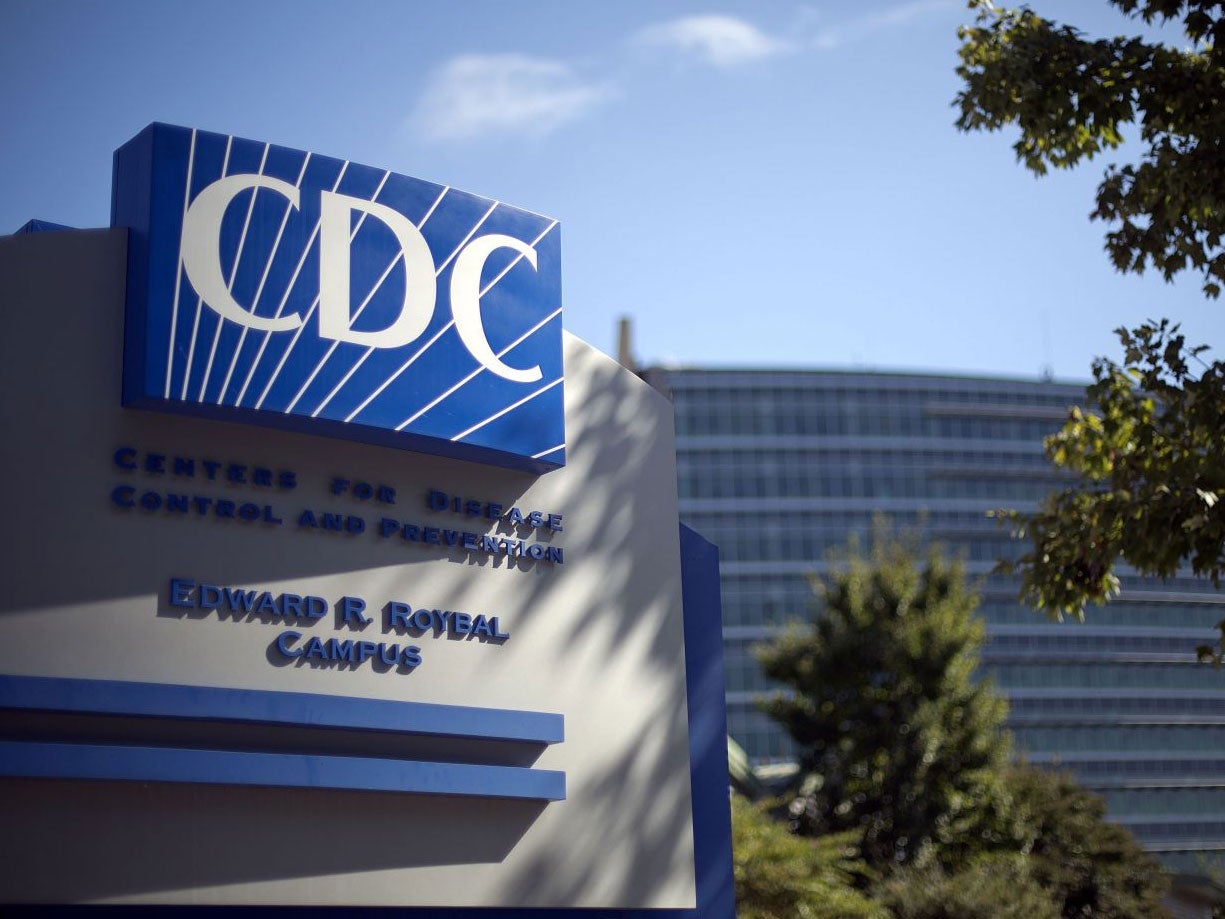US anthrax scare: 86 people possibly exposed to deadly bacteria after scientists' blunder
Live pathogen was accidentally sent to low-security labs

Your support helps us to tell the story
From reproductive rights to climate change to Big Tech, The Independent is on the ground when the story is developing. Whether it's investigating the financials of Elon Musk's pro-Trump PAC or producing our latest documentary, 'The A Word', which shines a light on the American women fighting for reproductive rights, we know how important it is to parse out the facts from the messaging.
At such a critical moment in US history, we need reporters on the ground. Your donation allows us to keep sending journalists to speak to both sides of the story.
The Independent is trusted by Americans across the entire political spectrum. And unlike many other quality news outlets, we choose not to lock Americans out of our reporting and analysis with paywalls. We believe quality journalism should be available to everyone, paid for by those who can afford it.
Your support makes all the difference.A major anthrax scare has been triggered in the US after almost 90 people were possibly exposed to the deadly bacteria when bio-terrorism researchers failed to follow safety procedures.
On 13 June, scientists at the US Centre for Disease Control and Prevention (CDC) realised they had sent live anthrax to researchers at lower-security labs rather than harmless samples of the pathogen.
Anthrax is deadly in most forms and can affect both humans and animals.
The spores are highly contagious and are considered a major biological warfare risk. Anthrax weapons were once held by the US and Soviet Union and a tiny Scottish island was left uninhabitable for decades by tests there during the Second World War.
A CDC spokesman said 86 people were potentially exposed in the US blunder but no illness has so far been reported.
Interviews, CCTV and key card data has been used to to identify anyone who might have been inside one of the two labs.
Everyone affected has been contacted and offered them antibiotics and a vaccine.

The initial lapse occurred in the CDC's Bioterror Rapid Response and Advanced Technology laboratory, a high security area that was testing a new way of inactivating anthrax with chemicals instead of radiation.
According to Dr Paul Meechan, the scientists had been preparing an especially dangerous strain of the bacteria for use in two lower-security CDC labs - the Biotechnology Core Facility and the Special Bacteriology Reference Laboratory.
Those teams were experimenting with methods to more quickly identify anthrax in substances and powders sent to the US.
“If there was a bioterrorism incident, we could more quickly identify yes or no, this sample has anthrax,” said Dr Meechan, the director of the CDC's environmental health and safety office.
To check the new deactivating method, they took a sample of what they thought was dead bacteria and put it on an agar plate to see if it would grow.
“They waited 24 hours. They took a look at the plate and they didn't see any new growth,” Dr Meechan said. “At that point they assumed the material was safe."
Researchers took the slides to the two lower-security labs and a week later, one of the labs asked for additional inactivated samples.
Scientists in the bioterror lab then discovered that they had left the agar plates in an incubator for an additional week and found anthrax growing in one of the dishes, meaning all the samples could have contained live bacteria.
People working in those labs take less precautions against contamination were unlikely to be wearing a respirator, putting them at higher risk for infection.
The team immediately took back the samples and contacted the staff members who had handled them.
Concentrated spores were sent to two US senators and media outlets in 2001 in the post - infecting 22 people and killing five. The US Postal Service has had biohazard detection systems in place ever since.
Additional reporting by Reuters
Subscribe to Independent Premium to bookmark this article
Want to bookmark your favourite articles and stories to read or reference later? Start your Independent Premium subscription today.
Join our commenting forum
Join thought-provoking conversations, follow other Independent readers and see their replies
Comments